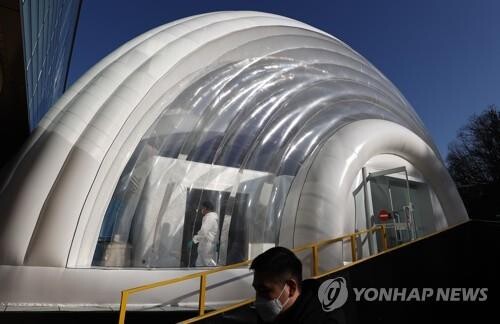*Editor’s note: The number of global Hallyu (Korean Wave) fans is approaching approximately 225 million, according to the 2024 report by the Korea Foundation. The surge in fans marks the dawn of the "Digital Silk Road" era, where communication transcends the limitations of time and space, enabling real-time interaction across the globe. Truly, we are in the era of "Hallyu 4.0."
The Necessity of Design in Healthcare
Contributed by Suk Soo-sun (professor at Yonsei Graduate School of Communication & Arts)

The importance of design and the role of designers in the healthcare service environment has never been more crucial.
As the Fourth Industrial Revolution takes hold, the boundaries between sectors are dissolving, leading to the convergence and divergence of various elements.
This shift is also affecting the design industry, which has always evolved in response to industrial changes.
Global trends in stabilizing health insurance finances and reducing medical costs have prompted hospitals and health policies to turn to design for service innovation. While healthcare in the past primarily focused on efficient treatment of diseases and infections, today's medical field strives to deliver optimized services to individual patients.
Efforts are underway not only to improve patient and caregiver convenience but also to address the inefficiencies faced by medical staff and hospital management.
However, issues such as poor execution and the transitional phase of Electronic Medical Record (EMR) systems still hamper productivity, highlighting the need for comprehensive "service design" in healthcare.
 |
| ▲ Medical staff move toward a mobile negative pressure ward for severe COVID-19 patients, installed in an outdoor area at Korea Cancer Center Hospital in Nowon District, on September 6, 2024. (Yonhap) |
Service design in healthcare must account for not only patients and their families but also doctors, nurses, and hospital administrators, making the development of an integrated healthcare service design system essential. The design of products used in treatment, hospital interiors, signage systems, and interactions in medical procedures all fall under this broad definition of healthcare design.
Today’s healthcare services must consider both cutting-edge technology and hospital environments, along with the usability of IT systems. Medical services encompass all aspects of the patient’s journey, from the doctor's treatment to hospital interactions and post-treatment care.
Given that patients and their families are often in emotionally and physically vulnerable states, healthcare design demands a higher level of consideration and empathy.
A key principle of healthcare service design is balancing the diverse needs and interactions of various stakeholders. Communication plays a crucial role in this process.
As healthcare has traditionally been provider-centered, the recent focus on patient-centered services, driven by national healthcare initiatives and general hospitals, represents a shift toward service value innovation.
Countries are increasingly recognizing the role of design in establishing efficient healthcare systems, not only by reducing the cost of producing medical devices but by improving systems that cut unnecessary expenses.
 |
| ▲ This image shows "Smart Bed," a medical IT service for patients that won "Red Dot Design Award," the world's most renowned design award. (PHOTO NOT FOR SALE)(Yonhap) |
Innovative healthcare services do not merely lower device costs but aim to enhance or develop medical systems that reduce overall healthcare costs by minimizing recurring issues due to poor design.
Therefore, it is essential to conduct research that visualizes and standardizes service experiences, with a focus on user-centered problem-solving.
Expanding research into user experience design and improving designers' capabilities in healthcare is crucial at this juncture.
A comprehensive, design-driven approach to healthcare is urgently needed.
(C) Yonhap News Agency. All Rights Reserved























